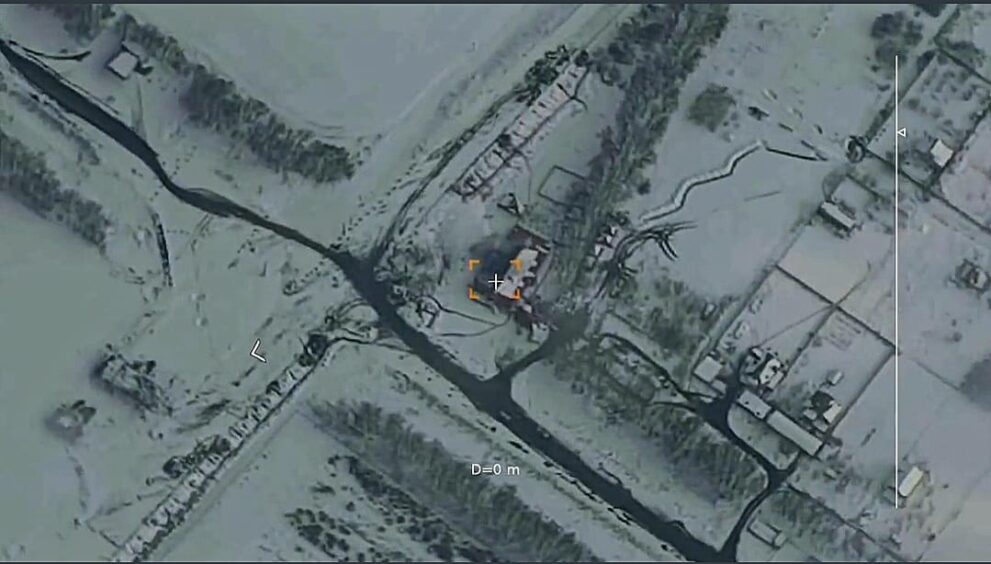Russia has announced plans to repair warplanes that were damaged during drone attacks carried out by Ukraine on June 1. According to a Russian official, the affected aircraft were damaged but not destroyed, and restoration efforts will be undertaken.
The drone strikes targeted airfields in Siberia and the far north, where Russia stations heavy bombers that are part of its strategic nuclear forces. U.S. officials have estimated that up to 20 aircraft were impacted, with approximately 10 destroyed—figures that are roughly half of those claimed by Ukraine’s president.
A senior Russian diplomat responsible for arms control stated that the damaged equipment will be repaired, emphasizing that the planes were not completely destroyed.
The timeframe for repairing or replacing the damaged bombers remains uncertain, considering the advanced technology involved, the age of some of the Soviet-era aircraft, and the effects of Western sanctions limiting access to key components.
Satellite images taken after the attacks appear to show damage to Russian Tu-95 and Tu-22 bombers, which have been used in missile strikes against Ukraine.
Russian President Vladimir Putin reportedly informed U.S. President Donald Trump during a recent phone call that Moscow would need to respond to the attacks.
Russia’s strategic bomber fleet is estimated to include 67 aircraft, comprising 52 Tu-95s and 15 Tu-160s, with about 58 currently operational. In addition, the country operates nearly 300 non-strategic fighters and bombers, including Tu-22s, Su-24s, Su-34s, and MiG-31s. While no detailed information has been released about which specific planes were damaged, it has been confirmed that five airbases were targeted.
The Tu-95 and Tu-22 models are older Soviet-era aircraft that have been in service for decades. However, state industrial group Rostec has noted that upgraded versions of the Tu-95 remain active, with no plans for retirement. The latest variant, the Tu-95MSM, began test flights in 2020 and is designed to improve performance and extend the plane’s lifespan.
The Tu-22M3, another key bomber model, has been in production since 1978 and was introduced to military service in 1989. Rostec has yet to comment on potential difficulties related to sourcing parts for repairs.



